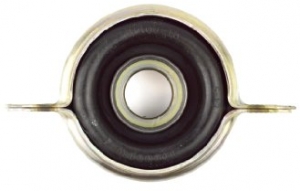-
Welcome to Tacoma World!
You are currently viewing as a guest! To get full-access, you need to register for a FREE account.
As a registered member, you’ll be able to:- Participate in all Tacoma discussion topics
- Communicate privately with other Tacoma owners from around the world
- Post your own photos in our Members Gallery
- Access all special features of the site
Replacing fuel injectors, Can I do anything else?
Discussion in '1st Gen. Tacomas (1995-2004)' started by Quackerjack, Nov 1, 2021.


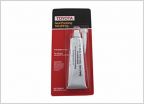 Dealer prices way to high
Dealer prices way to high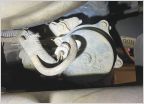 I want my 4WD back
I want my 4WD back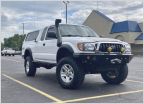 In need of brake pads
In need of brake pads Maintenance help...wont start.
Maintenance help...wont start.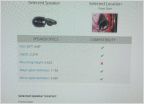 Speaker mounting height question.
Speaker mounting height question. How Do I Get Rid of the "Products Discussed" Crap at the Bottom of the Page?
How Do I Get Rid of the "Products Discussed" Crap at the Bottom of the Page?























































